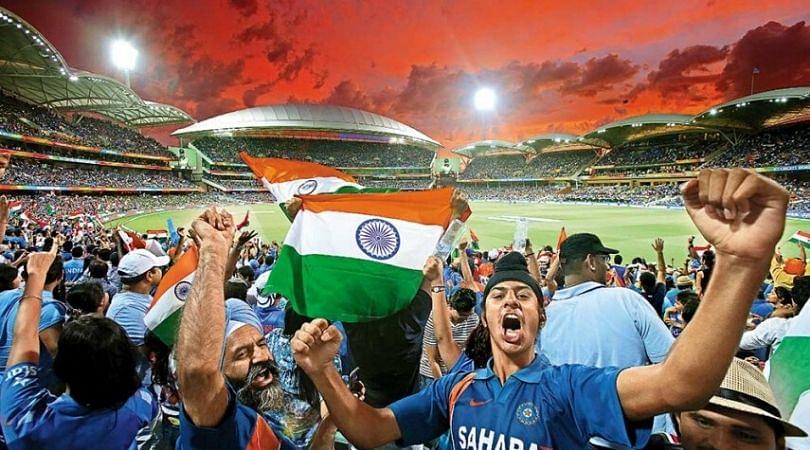The 2019 ICC Cricket World Cup was a resounding success by all standards. The games were thrilling, some players stood out due to fantastic displays and the organization was on point. The 2019 World Cup emerged as the most-watched ICC tournament of all time with 1.6 billion viewers tuning in. Television has played an important role in making cricket one of the most followed sports across the globe.
Advertisement
How Cricket Came to Television
While digital technologies have started surpassing television in importance, the small screen remains crucial in the cricket world. Countries that take cricket seriously invest heavily to ensure national team matches are broadcast live.
Live cricket is a smart way to motivate teams and inspire support from the entire country. For a country that wants to grow more interest in any sport, the first step is ensuring the same sport is easily accessible on national television.
Here are some highlights of how cricket came to be on television:
-
- First Live Test coverage in 1938: BBC started live test coverage in 1938 featuring two London Tests against Australia at Lord’s and the Oval.
- Doordarshan India’s first live cricket telecast 1966: Doordarshan started in the Indian capital in 1959 and covered the West Indies vs. Prime Ministers XI match live. Dev Raj Puri then a radio commentator took up the role of English commentator while Joga Rao, a journalist, was the Hindi commentator.
- 1968: BBC had the first color broadcast of a match.
- The Kerry Packer Affair 1976: When Australian authorities declined a big-money offer by Channel Nine to sell exclusive TV rights, the owner Packer went on to build World Series in 1977. This set in aggressive marketing for cricket on the television.
- 1st live television broadcast from abroad of an entire Test in February 1990: Sky Television had gambled on England’s overseas Tests and this worked when England got a surprise victory over Jamaica.
- 1st non-terrestrial coverage of a major county match: During the Benson & Hedges Cup final in 1990, British Satellite Broadcasting offered coverage marking another milestone for cricket on TV.
- Enter Trans World International (TWI) in India: 1993 Doordarshan lost its exclusive rights to broadcast cricket matches in the country. For the India-England series, Trans World International (TWI) won the rights to telecast the matches in India. It was a game-changer.
- 1994 Sky acquires the rights for home one-day internationals and county cricket: The competition to screen cricket matches was growing and1994 saw Sky expand its reach and BBC retaining rights to the premier knockout trophy and Test matches.
Since the start of the new millennium, the entry of online streaming has also changed cricket broadcasting. It is now easier than ever before for viewers to access any cricket match from across the globe.
Television a Boost to Cricket
There was a lot of hype created around the 2019 World Cup before, during, and after the event. This was possible due to the availability of the games on television. While most cricket fans might assume this was always the case, cricket on television has come a long way.
During the same tournament, there were concerns that most of England didn’t seem to notice the World Cup was in their country. This was due to a 2005 decision which indicated all England games would be on Pay Television. It has impacted the popularity of cricket as it removes it from the national conversation.
In a country like India where important games feature on national television, cricket is part of everyday discussions. Despite England’s success, the lack of cricket action on terrestrial TV ensured viewers from the Indian subcontinent had more fun and enjoyed the thrilling action at venues across England and Wales.
Final Thoughts
These are exciting times for cricket fans as they can catch any action they want on terrestrial TV, Pay TV or online. However, this was not always the way things were. The dramatic changes in selling broadcasting rights have helped increase access to ODI and cricket matches across the world.
